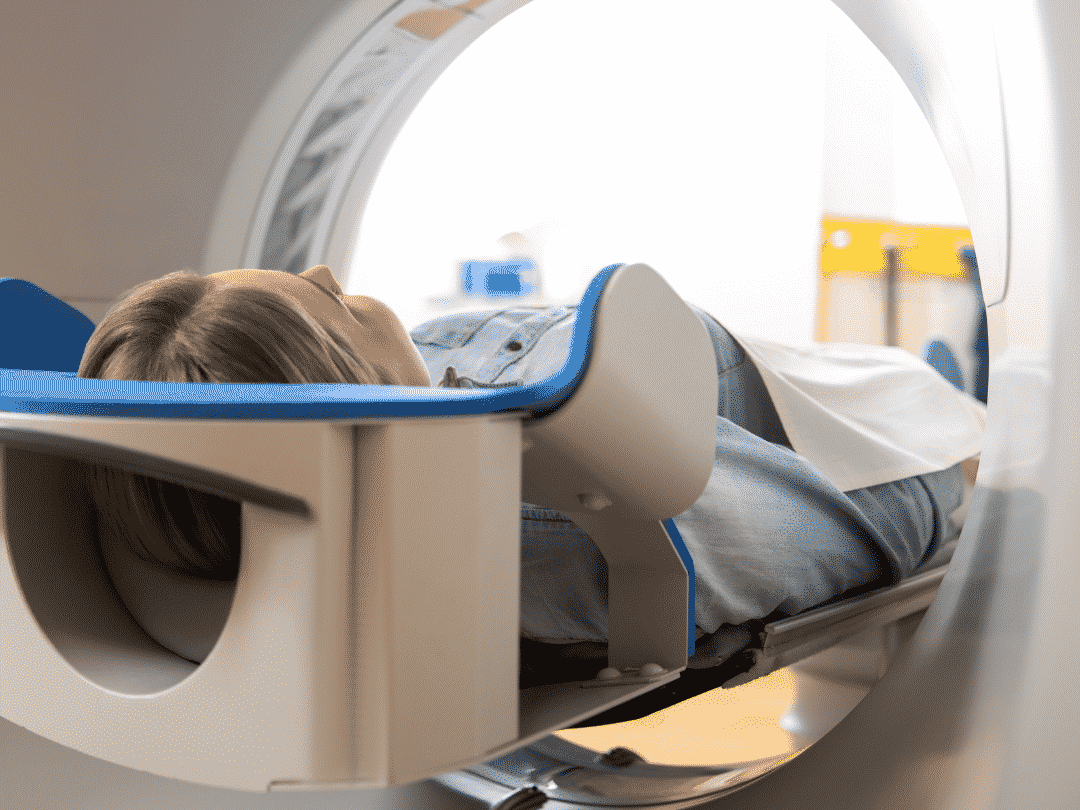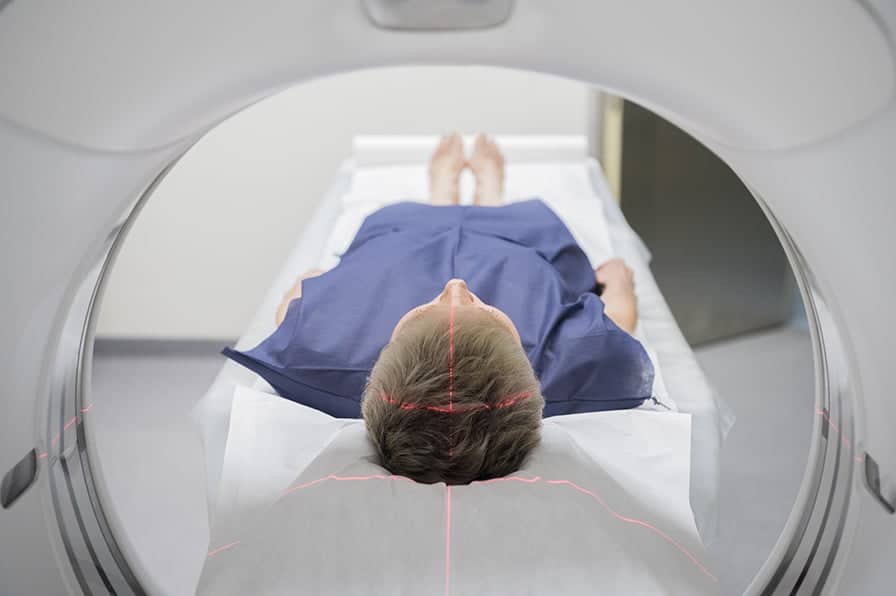About Cancer Screening
It is very important that patients follow recommended cancer screening guidelines. Cancer survival rates are often higher when cancer is caught earlier. Oklahoma Cancer Center and its member physicians and clinical partners offer a variety of screening options for patients. These include PSA checks for prostate cancer, mammograms for breast cancer, colonoscopies for colon cancer, low-dose CT scans for lung cancer, and more. If you have questions about what type of screening you should be doing or what screening options are available please reach out to Oklahoma Cancer Center and we can get you connected with the right specialist to answer your questions.
About Cancer Diagnosis
Diagnosing cancer at its earliest stages often provides the best chance for a cure. For a few cancers, studies show that screening tests can save lives by diagnosing cancer early. For other cancers, screening tests are recommended only for people with increased risk.
Your doctor may use one or more approaches to diagnose cancer:
- Physical exam. Your doctor may feel areas of your body for lumps that may indicate cancer. During a physical exam, your doctor may look for abnormalities, such as changes in skin color or enlargement of an organ, that may indicate the presence of cancer.
- Laboratory tests. Laboratory tests, such as urine and blood tests, may help your doctor identify abnormalities that can be caused by cancer. For instance, in people with leukemia, a common blood test called complete blood count may reveal an unusual number or type of white blood cells.
- Imaging tests. Imaging tests allow your doctor to examine your bones and internal organs in a noninvasive way. Imaging tests used in diagnosing cancer may include a computerized tomography (CT) scan, bone scan, magnetic resonance imaging (MRI), positron emission tomography (PET) scan, ultrasound, and X-ray, among others.
- Biopsy. During a biopsy, your doctor collects a sample of cells for testing in the laboratory. There are several ways of collecting a sample. Which biopsy procedure is right for you depends on your type of cancer and its location. In most situations, a biopsy is the only way to definitively diagnose cancer. In the laboratory, doctors look at cell samples under the microscope. Normal cells look uniform, with similar sizes and orderly organization. Cancer cells look less orderly, with varying sizes and without apparent organization.
How is Cancer Staged?
Once cancer is diagnosed, your doctor will work to determine the extent (stage) of your cancer. Your doctor uses your cancer’s stage to determine your treatment options and your chances for a cure.
Staging tests and procedures may include imaging tests, such as bone scans or X-rays, to see if cancer has spread to other parts of the body.
Cancer stages are indicated by the numbers 0 through 4, which are often written as Roman numerals 0 through IV. Higher numbers indicate a more advanced cancer. For some types of cancer, the cancer stage is indicated using letters or words.
There are different types of systems used to stage cancer, but the most common and useful staging system for most types of cancer is the TNM system.
In the TNM system, the overall stage is determined after the cancer is assigned a letter or number to describe the tumor (T), node (N), and metastasis (M) categories.
- T describes the original (primary) tumor.
- N tells whether the cancer has spread to the nearby lymph nodes.
- M tells whether the cancer has spread (metastasized) to distant parts of the body
Other factors that can affect a cancer’s stage
For some cancers, the values for T, N, and M aren’t the only things that determine the stage. Some other factors that may be taken into account include:
Grade: For most cancers, the grade is a measure of how abnormal the cancer cells look under the microscope. This is also called differentiation. Grade can be important because cancers with more abnormal-looking cells tend to grow and spread faster.
The grade is usually assigned a number, with lower numbers (for example, G1) used for lower grade cancers.
- In low-grade (well-differentiated) cancers, the cancer cells look fairly normal. In general, these cancers tend to grow slowly and often have a better outlook.
- In high-grade (poorly differentiated) cancers, the cancer cells look more abnormal. High-grade cancers often tend to grow quickly, so they may need different treatments than low-grade cancers.






Low-Dose Lung Screening Has Proven Clinical Results
Research shows that annual low-dose lung screening can detect lung cancer at earlier stages, increase survival rates, and provide results using less radiation than a standard chest CT scan. Low-dose CT screening is the only preventive measure recommended to detect lung cancer.
-
%OF LUNG CANCERS ARE DIAGNOSED IN THE ADVANCED STAGE
-
%DECREASE IN MORTALITY FROM LUNG CANCER FOR THOSE RECEIVING LDCT VS. CHEST X-RAY
-
%LESS RADIATION THAN A REGULAR CT SCAN
Schedule a Consultation
For more information or to schedule a consultation, please fill out the form below.
"*" indicates required fields

Lung Cancer
Most lung cancers do not cause any symptoms in the early stage. Get all of the information on symptoms, diagnosis and treatment.

Why We’re Different
With a state-of-the-art facility and an expert team of oncologists and therapists, we build personalized treatment plans that best fit each cancer diagnosis.

Frequently Asked Questions
We’ve put together commonly asked questions about cancer screening and diagnosis, patient care and insurance options to ensure you have the answers you need.